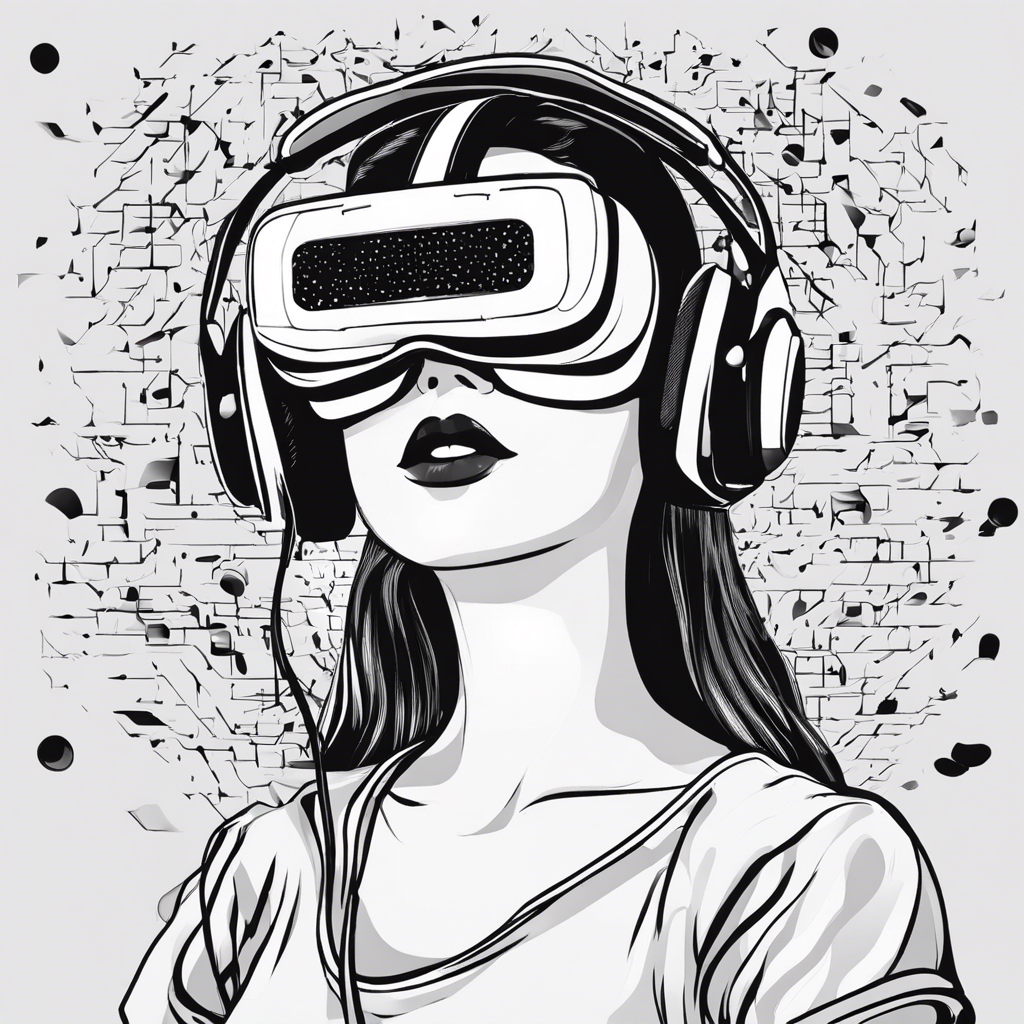Virtual reality (VR) is no longer a futuristic concept but a rapidly growing industry that offers immersive experiences to users across various sectors. From gaming and entertainment to education and business, VR is revolutionizing the way we interact with digital content. If you’re a beginner interested in exploring VR, there’s never been a better time to dive in. Here’s what you need to get started on your VR journey.
First and foremost, you’ll need a VR headset. There are a variety of options available on the market, from affordable, basic models to high-end, feature-rich devices. When choosing a headset, consider your budget, the type of experiences you want to have, and the specifications of your computer or device. Some popular options include the Oculus Quest 2, HTC Vive, and PlayStation VR. It’s important to ensure that your chosen headset is compatible with your device and that it meets the minimum requirements for a smooth VR experience.
In addition to a headset, you’ll also need a capable computer or console to power your VR experiences. Make sure your PC or laptop has the necessary processing power, graphics capabilities, and ports to support your headset. If you’re using a standalone headset like the Oculus Quest 2, you may not need a high-end computer, but for PC-based VR systems, investing in a powerful machine will enhance your overall experience.
While not all VR experiences require a lot of space, it’s important to ensure that you have a suitable area set up for your VR adventures. Clear a decent-sized space, free of obstacles, and potential hazards. Consider the type of VR content you’ll be using and whether you need a seated or standing experience. For room-scale VR, which allows you to move around freely in a defined space, ensure you have enough room to comfortably walk around without bumping into walls or furniture.
With your hardware and space prepared, it’s time to explore VR content. There are countless experiences available, from games and interactive stories to educational simulations and virtual tours. Browse the libraries of popular VR platforms such as SteamVR, Oculus Store, and Viveport to find titles that interest you. Whether you want to slay dragons, paint in a virtual studio, or explore the surface of Mars, there’s a VR experience for you.
Don’t forget to accessorize your VR setup for a more immersive and comfortable experience. This could include headphones for enhanced audio, rechargeable batteries and a charging station for your controllers, and facial interfaces or custom foam inserts for added comfort during extended VR sessions. You can also invest in VR-ready cables and adapters to ensure smooth connectivity between your headset and computer.
As a beginner, it’s worth familiarizing yourself with the basics of VR interaction and navigation. Most VR systems use handheld controllers that allow you to interact with the virtual environment. Take some time to practice moving around, selecting objects, and using the controller buttons and joysticks. There are also VR tutorials and introduction apps available that can guide you through the fundamentals of VR interaction and help you get comfortable with the technology.
Lastly, VR is constantly evolving, so staying up-to-date with the latest developments will ensure you get the most out of this exciting technology. Follow VR-focused websites, join online communities, and subscribe to newsletters to keep abreast of new hardware releases, software updates, and must-try VR experiences. With a vibrant and growing community, there are always new insights, tips, and tricks to discover and discuss with fellow VR enthusiasts.
